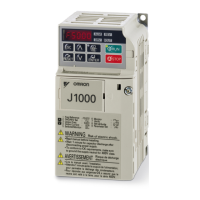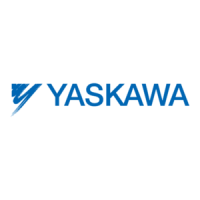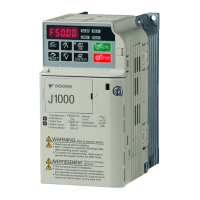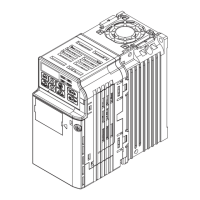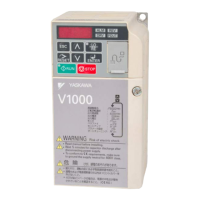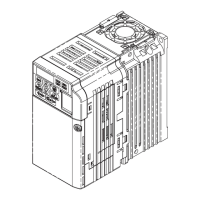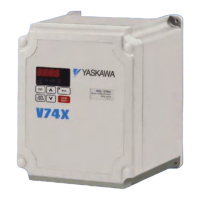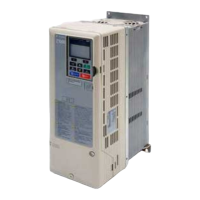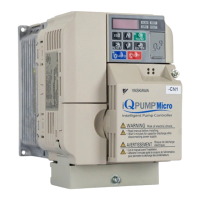5.3 Drive Alarms, Faults, and Errors
u
Types of Alarms, Faults, and Errors
Check the LED operator for information about possible faults if the drive or motor fails to
operate. Refer to Using the Digital LED Operator on page 79.
If problems occur that are not covered in this manual, contact the nearest Yaskawa
representative with the following information:
• Drive model
• Software version
• Date of purchase
• Description of the problem
Table 5.3
contains descriptions of the various types of alarms, faults, and errors that may occur
while operating the drive.
Contact Yaskawa in the event of drive failure.
Table 5.3 Types of Alarms, Faults, and Errors
Type Drive Responses to Alarms, Faults, and Errors
Faults
When the drive detects a fault:
• The
digital
operator
displays
text
that
indicates
the specific fault and the ALM indicator LED
remains lit until the fault is reset.
• The fault interrupts drive output and the motor coasts to a stop.
• Depending on the setting, the drive and motor may stop via different methods than listed.
• If a digital output is programmed for fault output (H2-01 = E), it will close if a fault occurs.
When the drive detects a fault, it will remain inoperable until that fault has been reset. Refer to
Fault Reset Methods on page 155.
Minor Faults and
Alarms
When the drive detects an alarm or a minor fault:
• The
digital
operator
displays
text
that
indicates
the specific alarm or minor fault and the ALM
indicator LED flashes.
• The motor does not stop.
• The multi-function contact output closes if set to be tripped by a minor fault (H2-01 = 10), but
not by an alarm.
• The digital operator displays text indicating a specific alarm and ALM indicator LED flashes.
Remove the cause of an alarm or minor fault to automatically reset.
5.3 Drive Alarms, Faults, and Errors
YASKAWA ELECTRIC TOEP C710606 25D YASKAWA AC Drive J1000 Installation & Start-Up Manual
133
5
Troubleshooting
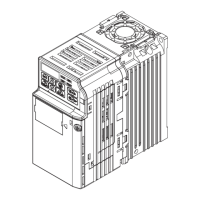
